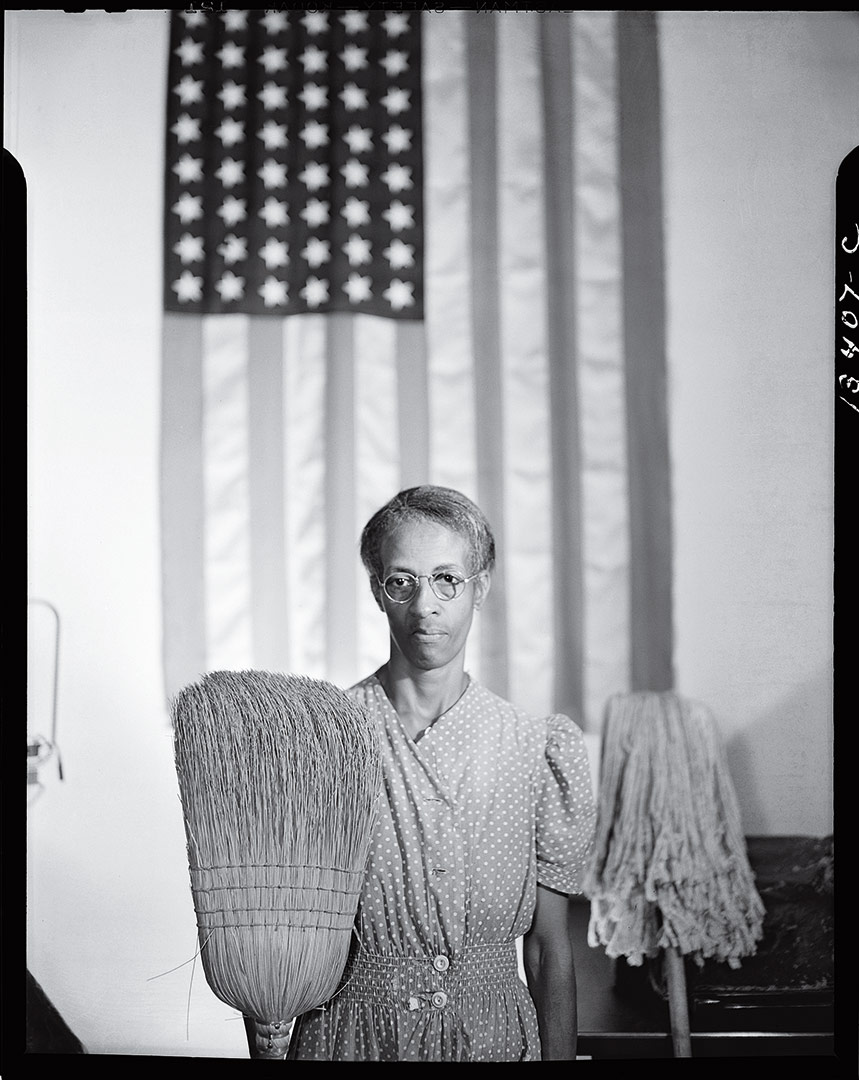I felt the need for me to somehow or another, use humanity to get people to become aware of how people suffered. That was what drove me to it.
Poet, novelist, jazz pianist, classical composer, co-founder of Essence magazine, and first Black director of a major Hollywood film, based on a book he himself wrote.… Oh, and he also directed Shaft, the high watermark of Blaxploitation film and a production, says Evan Puschak, the Nerdwriter, above, “that helped to save MGM and the larger studio system from bankruptcy.” Gordon Parks lived “enough for ten lives,” but the resume above misses out on Parks’ “greatest contribution to American art in the 20th century… his photography.”
The self-taught Parks began taking pictures at 25, inspired by newsreel footage of the bombing of an American gunship. After seeing the film, he purchased his first camera and soon moved to Chicago, where he honed his craft in the early 40s and developed the skills that would bring him to the New Deal’s Farm Security Administration. There he worked under the legendary Roy Stryker, the former Columbia economist who also hired Dorothea Lange, Walker Evans, Edwin Rosskam, and other photographers who went on to have long careers in photojournalism.

None of these Depression-era government photographers neglected the Black experience in America; under Stryker’s direction, the FSA did its best to faithfully document working-class and poor Americans of all backgrounds. Before being commissioned to do so, however, Parks, the only Black photographer in the group, was already seeking out candid, intimate images of life on the South Side of Chicago. When he began working for the FSA, he produced one of the most iconic images of the period, “American Gothic,” a solo restaging of the Grant Woods painting featuring a cleaning woman named Ella Watson, broom in one hand, mop in the other.
Stryker, one of the most daring photo editors of the time, helped establish the bold documentary style that dominated in the coming decades of Look and Life magazines. But even he saw Parks’ “American Gothic” as too incendiary. As Parks remembers in a clip above, “he says, ‘Well, you’re getting the idea, but you’re going to get us all fired. (Laughs) He says, ‘This is a government agency, and that picture is an indictment against America.’” Parks did not get fired. Instead, he went on to work for the FSA’s successor, the Office of War Information, and photographed the Tuskegee Airmen.
Parks’ skills as an artist were wide-ranging: his vision took in everything. He documented the Black experience in the 20th century with more sensitivity and depth than any other photographer. His photo essay of a Harlem gang leader earned him the first staff appointment for a Black photographer at Life in 1948. He would go on to document the Civil Rights movement and both celebrated and ordinary people around the country and the world for the next several decades, returning often to the fashion photography in which he got his start. He was a renaissance artist with an activist’s heart. Parks once called the camera a “weapon against poverty and racism,” but he tended to wield it much more like a paintbrush.
You can view galleries of Parks’ photographic work at The Gordon Parks Foundation website.
Related Content:
Yale Presents an Archive of 170,000 Photographs Documenting the Great Depression
Found: Lost Great Depression Photos Capturing Hard Times on Farms, and in Town
Josh Jones is a writer and musician based in Washington, DC. Follow him @jdmagness


Leave a Reply